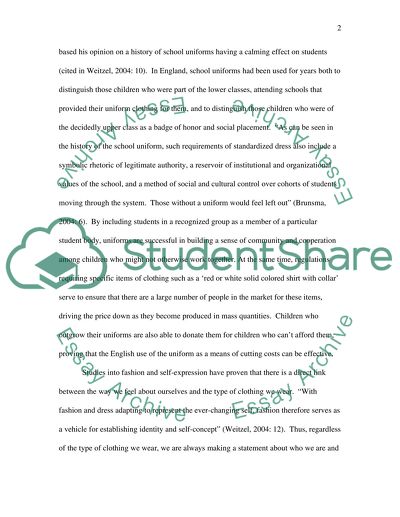Cite this document
(“School Uniforms are Necessary in Todays World Essay”, n.d.)
Retrieved from https://studentshare.org/education/1555565-school-uniforms-are-necessary-in-todays-world
Retrieved from https://studentshare.org/education/1555565-school-uniforms-are-necessary-in-todays-world
(School Uniforms Are Necessary in Todays World Essay)
https://studentshare.org/education/1555565-school-uniforms-are-necessary-in-todays-world.
https://studentshare.org/education/1555565-school-uniforms-are-necessary-in-todays-world.
“School Uniforms Are Necessary in Todays World Essay”, n.d. https://studentshare.org/education/1555565-school-uniforms-are-necessary-in-todays-world.


